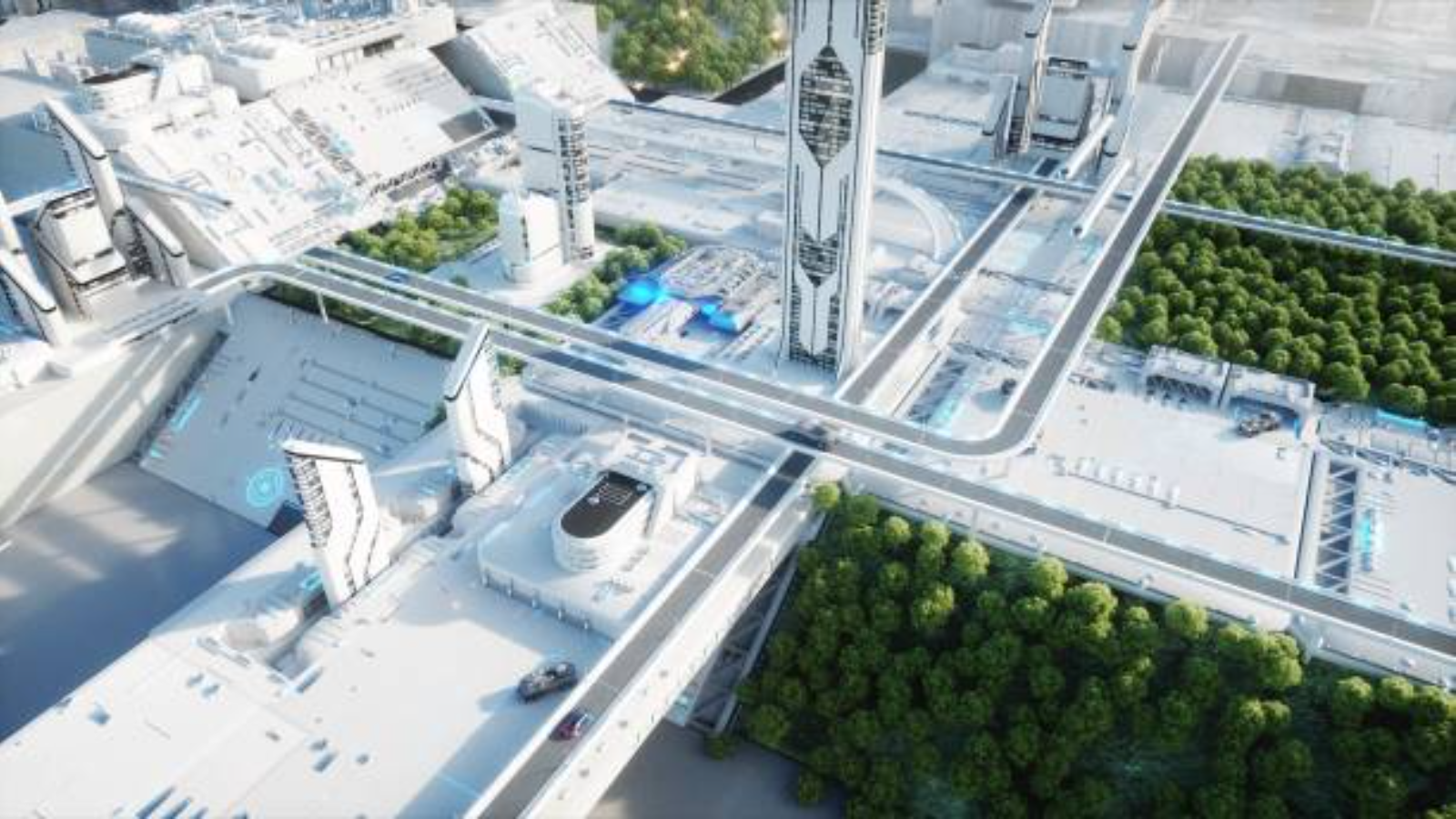In this Article
Introduction
As we stand on the brink of a technological revolution, the concept of smart cities is evolving from science fiction to tangible reality. But what would a smart city look like in the future? Imagine a city where transportation and governance are seamlessly connected, creating a more efficient, sustainable, and livable environment. This vision is becoming attainable as advancements in technology and data analytics pave the way for smarter urban living.
In this article, we will delve into the key features that will define future smart cities and explore how they will address some of the most pressing urban challenges.
What Would a Smart City Look Like?
By prioritizing these core components, we can craft a future that is not only innovative but also sustainable and advantageous for all urban residents.
1. Hyper-Connected Infrastructure
Future smart cities will be characterized by an intricate web of interconnected devices and systems, often referred to as the Internet of Things (IoT). This hyper-connectivity will enable real-time data exchange and decision-making across various sectors. Key features include:
- Smart Grids: Intelligent energy grids will optimize the distribution and consumption of electricity, integrating renewable energy sources and reducing waste.
- IoT Sensors: Ubiquitous sensors will monitor everything from air quality and traffic flow to waste levels and water usage, providing actionable insights for city management.
- 5G Networks: Ultra-fast and reliable 5G networks will facilitate seamless communication between devices, enhancing the efficiency of smart city operations.
2. Autonomous and Sustainable Transportation
Transportation will undergo a radical transformation in future smart cities, with a focus on sustainability and autonomy. Key features include:
- Autonomous Vehicles (AVs): Self-driving cars, buses, and delivery vehicles will reduce traffic congestion, improve safety, and provide more efficient transportation options.
- Electric Vehicles (EVs): Widespread adoption of EVs, supported by an extensive network of charging stations, will reduce emissions and reliance on fossil fuels.
- Integrated Public Transit: Real-time data and AI will optimize public transportation routes and schedules, ensuring efficient and convenient travel for residents.
3. Smart and Green Buildings
Buildings in future smart cities will be designed with sustainability and intelligence at their core. Key features include:
- Energy-Efficient Design: Advanced materials, smart lighting, and HVAC systems will minimize energy consumption and enhance occupant comfort.
- Green Roofs and Walls: Vegetation-covered roofs and walls will improve air quality, reduce urban heat island effects, and provide natural insulation.
- Automated Building Management Systems: These systems will monitor and control energy usage, security, and maintenance, ensuring optimal building performance.
4. Intelligent Water and Waste Management
Sustainable resource management will be a cornerstone of future smart cities. Key features include:
- Smart Water Systems: Real-time monitoring and automated control of water distribution will reduce waste and ensure efficiency.
- Waste-to-Energy Technologies: Advanced processing facilities will convert waste into energy, reducing landfill use and generating renewable power.
- Recycling and Composting Initiatives: Smart sorting and processing technologies will increase recycling rates and promote organic waste composting.
5. Enhanced Public Safety and Security
Safety and security will be paramount in future smart cities, with technology playing a crucial role in protecting residents. Key features include:
- Predictive Policing: Data analytics and AI will help identify crime patterns and allocate law enforcement resources more effectively.
- Smart Surveillance: Cameras and sensors will monitor public spaces, detect incidents, and alert authorities in real time.
- Emergency Response Systems: Integrated communication and coordination systems will enable rapid and effective emergency response.
6. Citizen-Centric Governance
Governance in future smart cities will be more transparent, efficient, and participatory, leveraging technology to engage residents and improve decision-making. Key features include:
- E-Government Services: Online portals will enable residents to easily access government services and complete transactions anywhere.
- Citizen Engagement Platforms: Digital platforms will facilitate community participation in decision-making processes, allowing residents to provide feedback and report issues.
- Data-Driven Policy Making: Governments will use data analytics to inform policies, allocate resources effectively, and monitor the impact of initiatives.
Conclusion
The vision of a smart city in the future is one where technology and data converge to create a more efficient, sustainable, and livable urban environment. From hyper-connected infrastructure and autonomous transportation to Citizen-Centric Governance and intelligent resource management, future smart cities will address many of the challenges faced by urban areas today. As we continue to innovate and adopt new technologies, the dream of living in a brilliant city is becoming increasingly attainable, promising a brighter and more sustainable future for all.
How Can We Help?
For more information on how AlphaX can help your city become a smart city, please visit AlphaX Contact Us.
References
Related Blog Posts
How Smart Cities Connect: Getting Started with Edge AI and IoT Technology
How to Get Started with Edge AI and IoT Technologies in Smart Cities: Overcoming Integration Challenges In recent years, the concept of smart cities has evolved from a futuristic Read More
5 Step Strategy: Ensuring Security and Privacy in 15-Minute Smart Cities
Introduction Ensuring security and privacy in 15-minute smart cities is a critical challenge as urban areas become increasingly connected through IoT and edge AI technologies. These cities aim to Read More
What is a smart city and the challenge of legacy systems
How to Get Started with Integrating Legacy Systems in Smart Cities Smart cities are transforming urban landscapes by leveraging technology to improve the quality of life for residents. However, Read More




